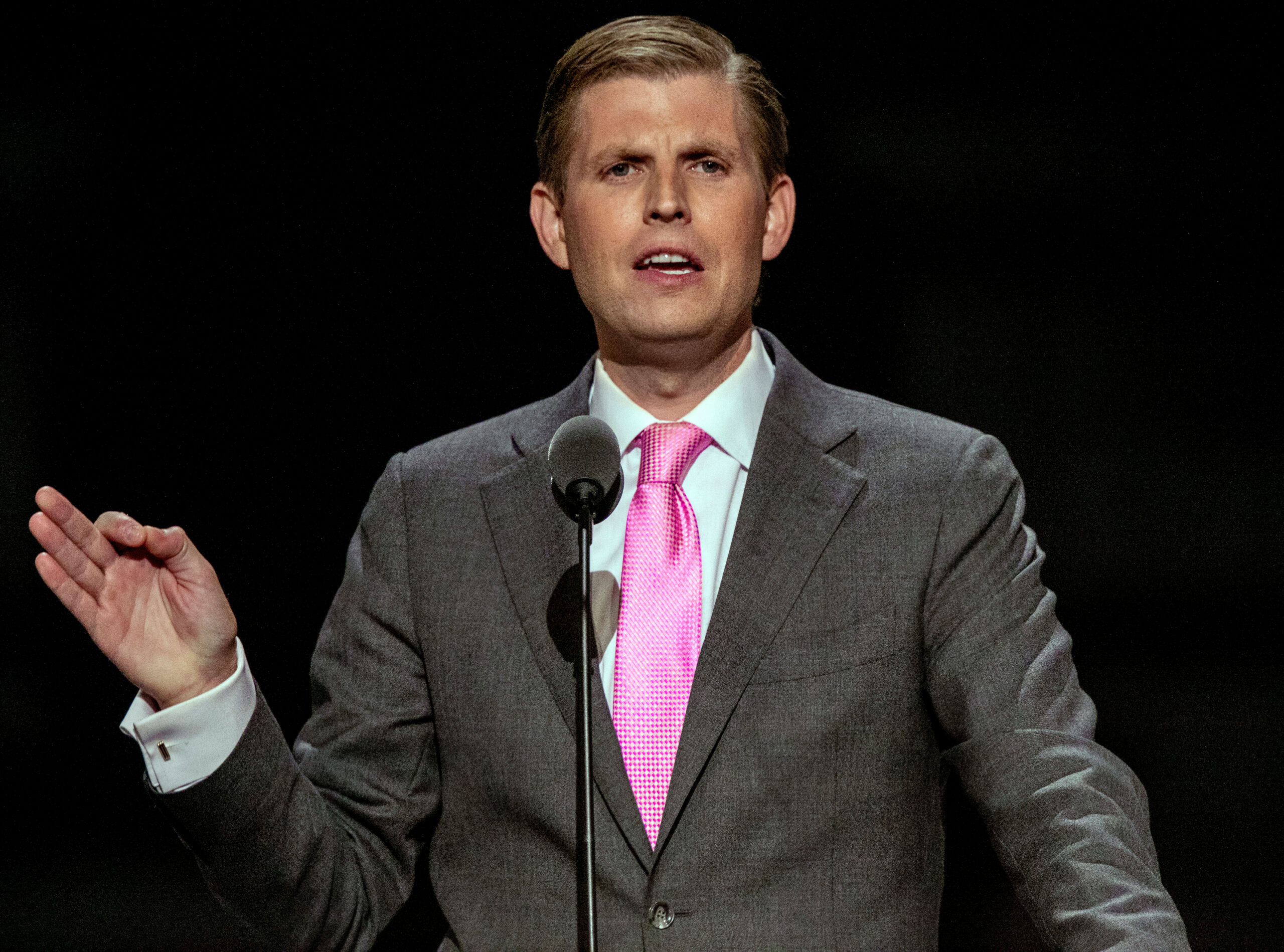A significant change in the U.S. economic landscape looms on the horizon following a federal court’s decision impacting Trump-era tariffs.
At a Glance
- A federal appeals court temporarily preserved many Trump-era tariffs.
- The court’s decision pauses an earlier ruling that deemed these tariffs illegal.
- The pause allows the U.S. Court of Appeals for the Federal Circuit to consider further delays.
- Potential impacts for U.S. consumers as tariffs affect prices of imported goods.
Court Ruling and Tariff Dynamics
The U.S. Court of Appeals for the Federal Circuit has placed a temporary hold on a lower court’s decision that struck down Trump-era tariffs. Originally set as a means of applying pressure in trade negotiations, these tariffs were deemed illegal by the U.S. Court of International Trade, which argued that the president lacked “unbounded authority” to impose them.
President Trump’s administration appealed the International Trade Court’s decision, seeking emergency relief to maintain the tariff collection. The federal circuit court’s pause provides an opportunity to deliberate longer delays while businesses and economies brace for pivotal shifts.
Impact on Consumers and Businesses
The implications of the court’s suspension are widespread, particularly affecting costs associated with importing goods. Consumers could potentially see price relief on various products, including raw materials and finished goods. For businesses, especially those reliant on imports, the reduced overhead costs may lead to increased profit margins or the possibility of fostering competitive pricing strategies.
“A federal court halted most of President Trump’s tariffs on foreign nations.” – Rachel Wolfe
While the current legal standoff unfolds, businesses and consumers remain on alert to determine the future scale of economic benefits or drawbacks this decision may bring. Dynamic changes are anticipated as the legal parameters of trade continue to be defined.
Future Trade and Economic Strategies
This legal development provokes broader questions about U.S. international trade policies. As tariffs lower or adjust, the opportunity for more open international dialogue emerges, promoting potentially new cooperative trade agreements that were previously hampered. As the tariff environment remains in flux, stakeholders will need to stay informed on the legal decisions shaping U.S. and global economic landscapes.
“unbounded authority” – U.S. Court of International Trade
The future of U.S. consumers and businesses hinges on the resolution of this court ruling, and the strategy the nation adopts moving forward in establishing strong yet equitable economic policies. The ripple effect will likely be felt on both national and international trading platforms.






